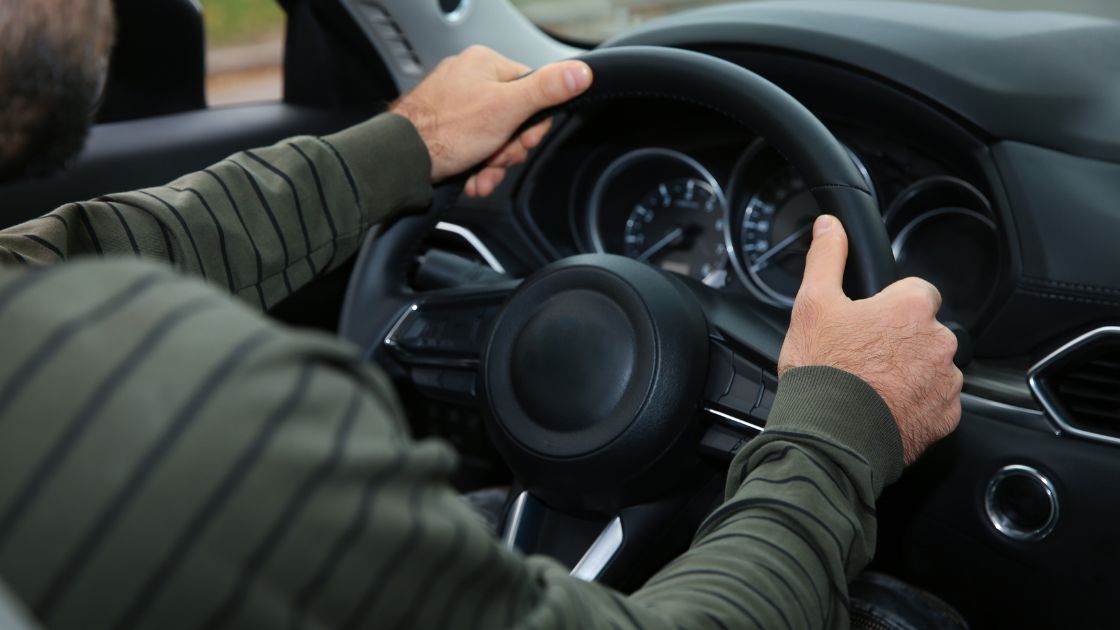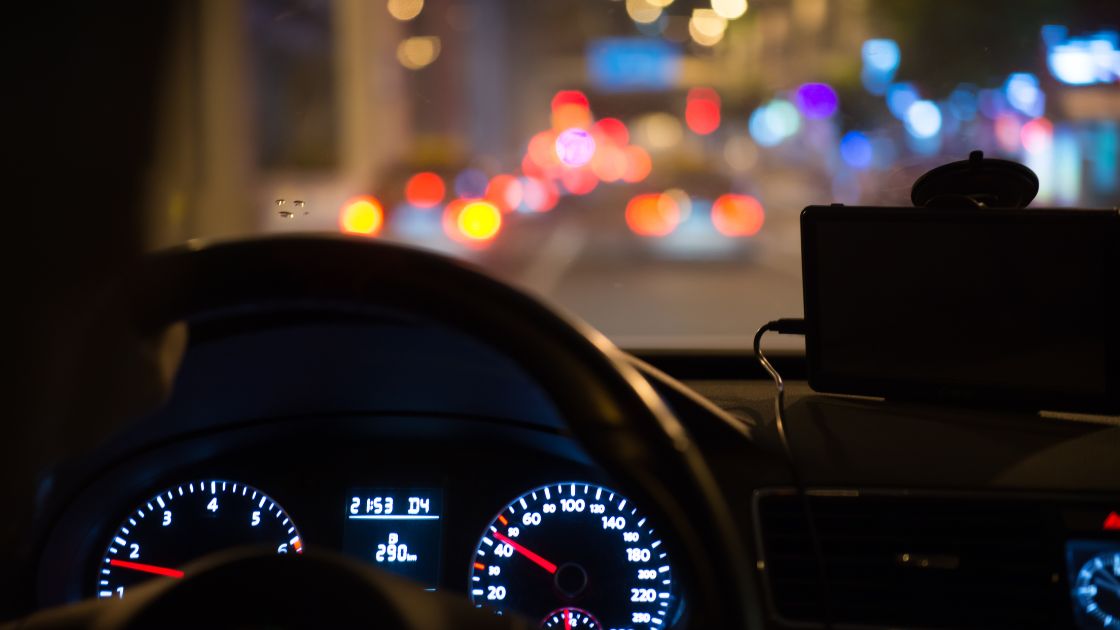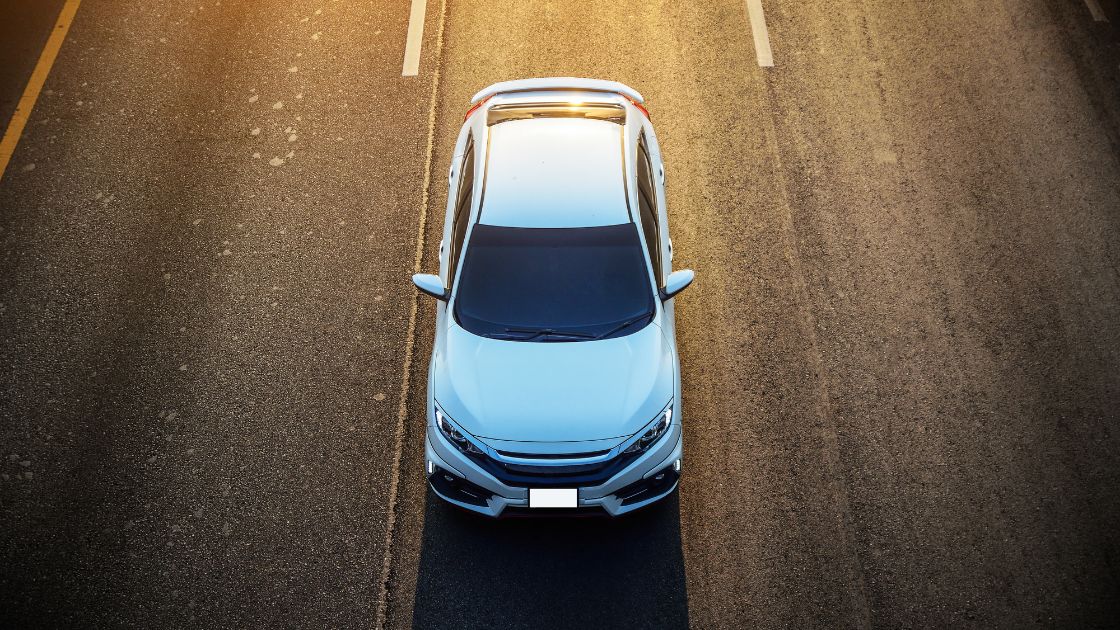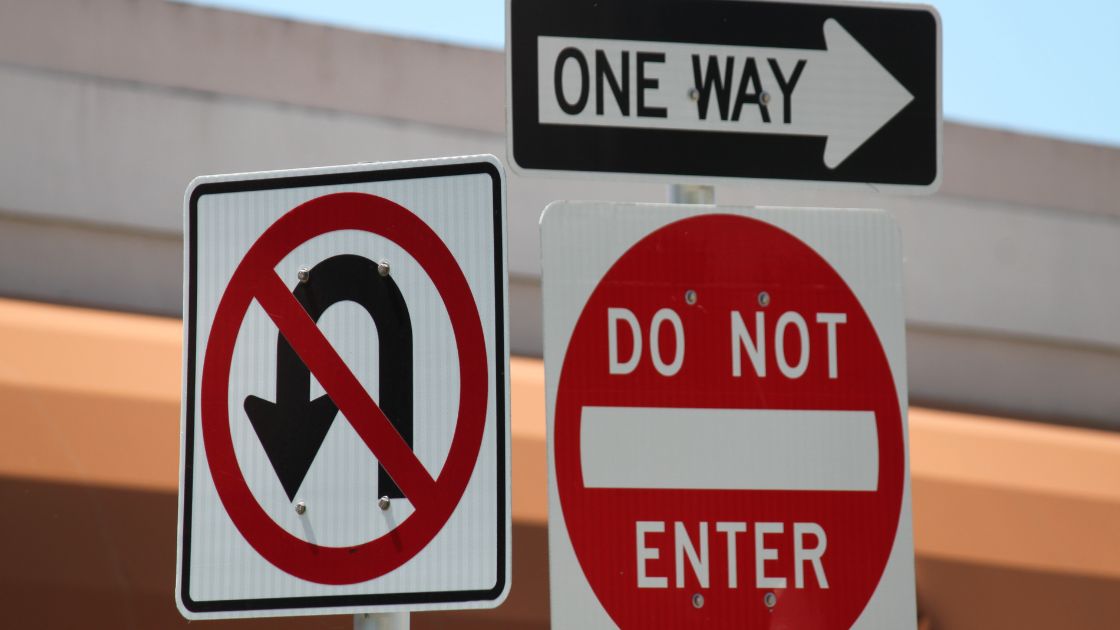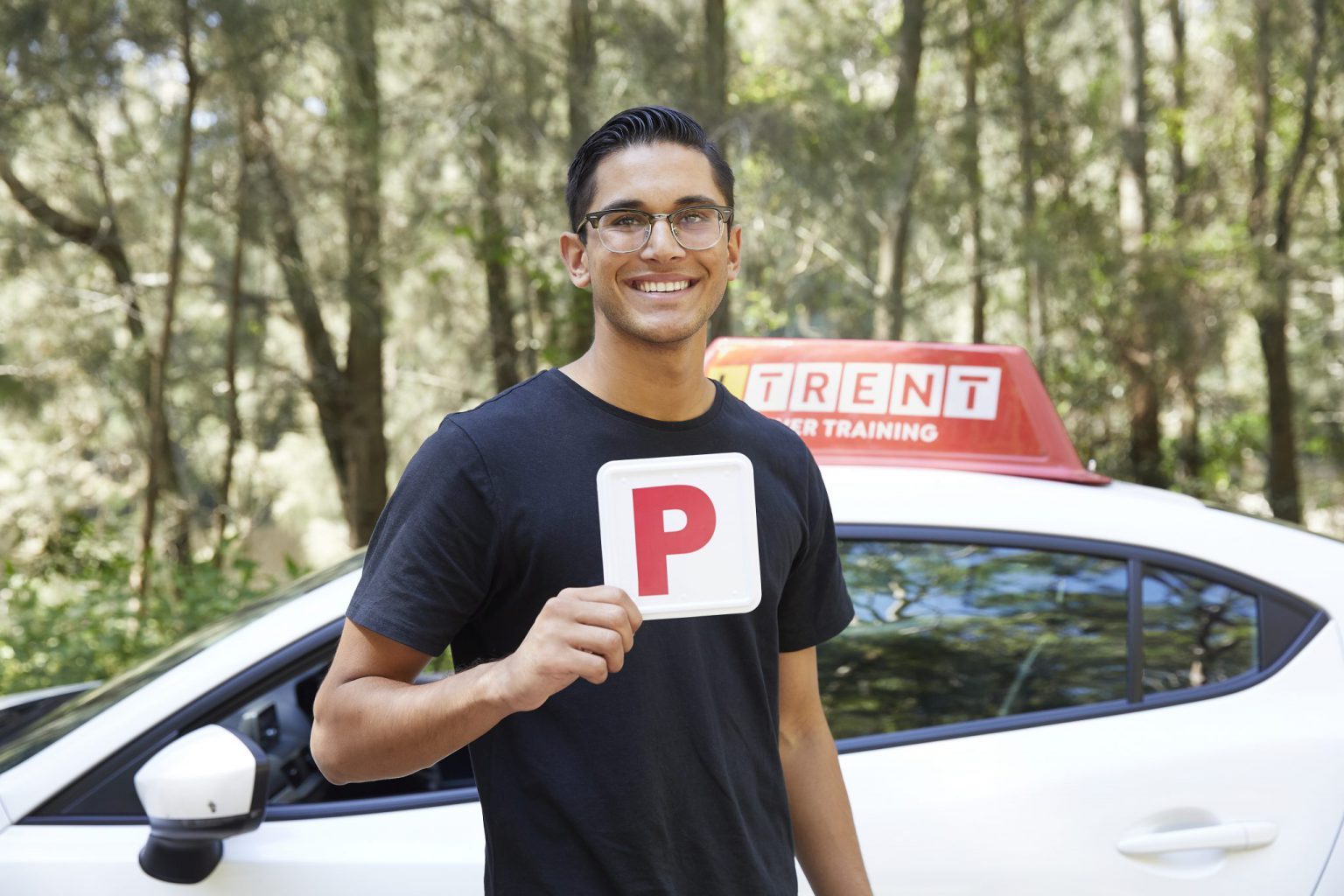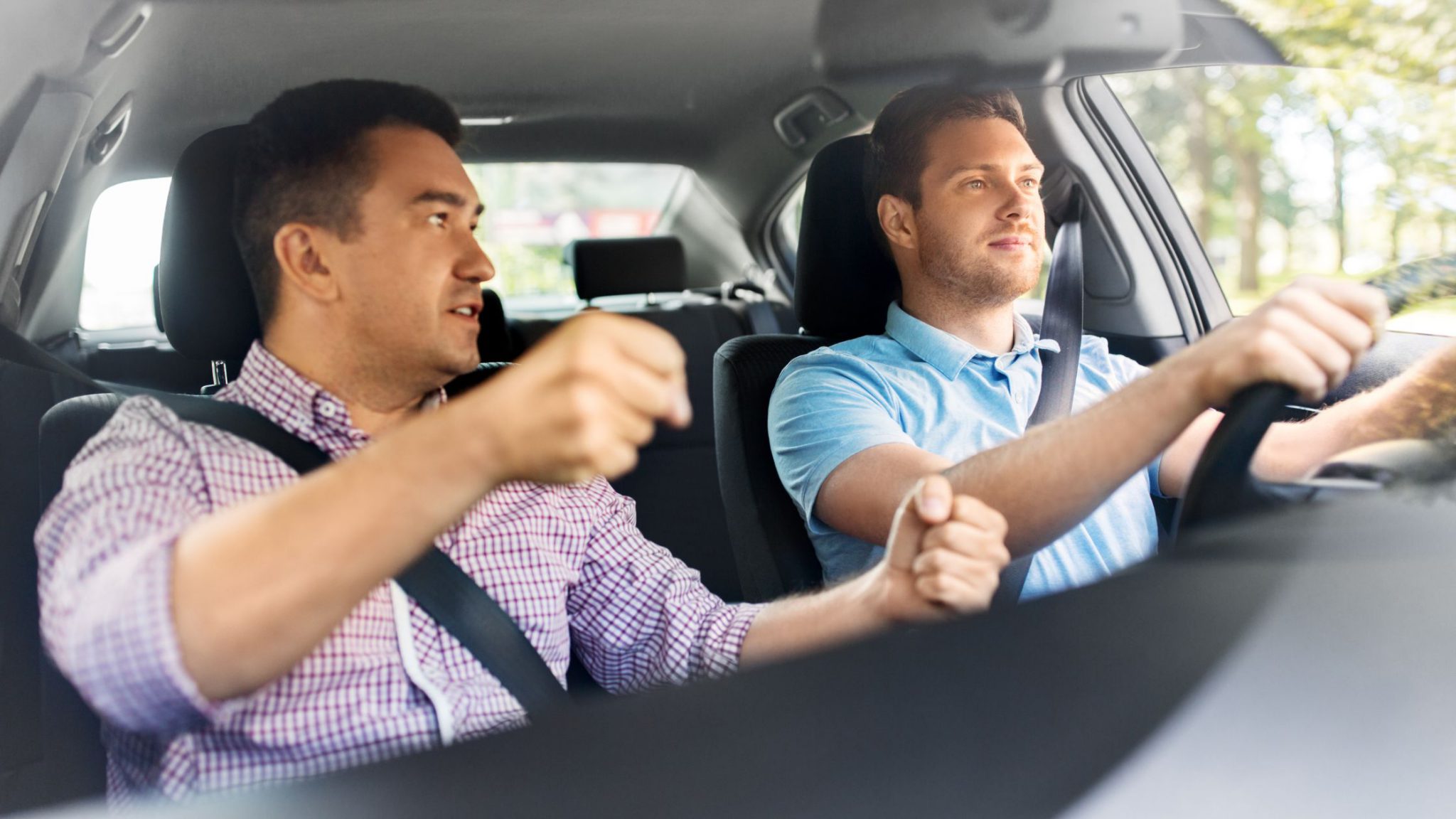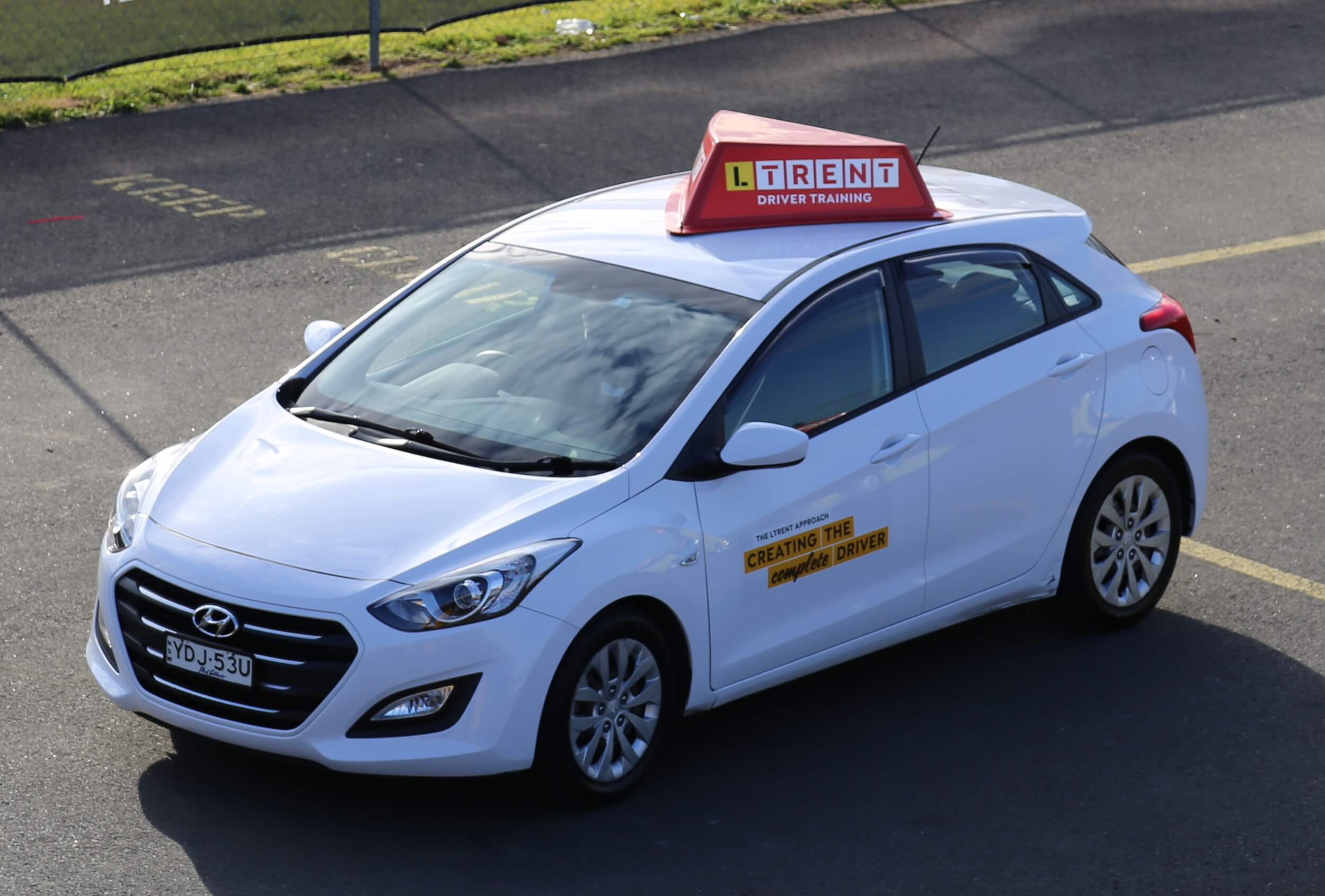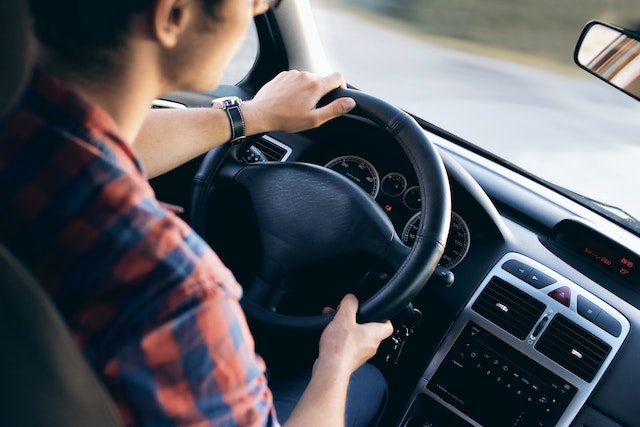Understanding PrepL is essential for new drivers in Queensland. This program, integral to the learner licence process, combines interactive learning with comprehensive road safety education.This blog will provide an overview of PrepL, detailing its necessity, costs, and the process of completing it. With our extensive experience in driver training, we’re here to support you through this important step in your driving journey.
All posts by LTrent Driving School
What is the speed limit for learners in QLD
Navigating the roads as a learner driver in Queensland (QLD) comes with a set of important rules and regulations. Understanding these guidelines is crucial for your safety and compliance with the law. This article will explore the speed limits and restrictions for learner drivers in QLD, offering insights from LTrent Driving School’s extensive experience in driver training.
Whose Car Should You Use for the Driving Test in NSW
Navigating the path to earning your driver’s licence in NSW involves various steps, including the crucial driving test. One of the questions that often arise is, whose car should you use for this test? Let’s dive into this topic and shed some light on your options.
(more…)
The Top 10 Misunderstood Road Rules in NSW
At LTrent Driving School, we understand that road rules can sometimes be confusing. So, we’ve compiled the top 10 misunderstood road rules in NSW to make your driving journey as a learner, provisional or fully licensed driver smoother. Let’s get started!
(more…)
How To Get Your Driver’s License in Queensland
Learning to drive is an exciting milestone in anyone’s life, and if you’re in Queensland, Australia, it’s essential to understand the process of obtaining your driver’s licence. Whether you’re a fresh-faced learner or someone looking to upgrade their current licence, this guide will walk you through the steps. At LTrent Driving School on the Gold Coast, Queensland, we believe that the road to becoming a safe and responsible driver begins with proper training.
What are the Restrictions for L and P Plate Drivers in QLD?
If you’re a learner driver or a newly minted P1 licence holder in Queensland, it’s essential to be aware of the restrictions that come with these stages of driving. These restrictions are put in place to ensure your safety and the safety of others on the road. In this blog post, we’ll break down the specific restrictions for L plate and P plate drivers in Queensland, answering common questions and providing valuable information for your journey to becoming a fully licensed driver.
What To Expect in the Queensland Driving Test
Are you gearing up to take your Queensland driving test and wondering what’s in store for you? Passing your practical driving test is a significant milestone on the road to obtaining your provisional licence. In this guide, we’ll walk you through what will happen during your driving test, what to do before your test, the manoeuvres you’ll be asked to perform, and more. At LTrent Driving School on the Gold Coast, Queensland, we’re here to ensure you feel confident and well-prepared for your driving test.
Our Tips For Passing The DKT
Looking to get your learner driving licence? The first step is to pass the Driver Knowledge Test (DKT). This is the first driving test you’ll have to take while getting your licence in NSW, and passing the test is mandatory for earning your licence as a learner driver.
So, how can you pass the driver knowledge test on your first try, earn your learner licence, and begin taking driving lessons with a professional driving instructor and progress to your P1 licence?
Let’s see Ltrent’s top tips on how to pass this theory test on your first try!
How to Improve Your Safe Driving Skills as a New Driver
We may be biassed, but learning to drive is one of the most pivotal steps in a young person’s life. As a new driver in NSW, developing safe driving skills is crucial for the safety of both yourself and of others on the road. By establishing good driving habits from the start, you’ll be better equipped to navigate the challenges of driving and reduce the risk of accidents.
In this blog post, we explore the top strategies and tips to help you improve your safe driving skills as a new driver in NSW.
Why do people fail their Driving Test?
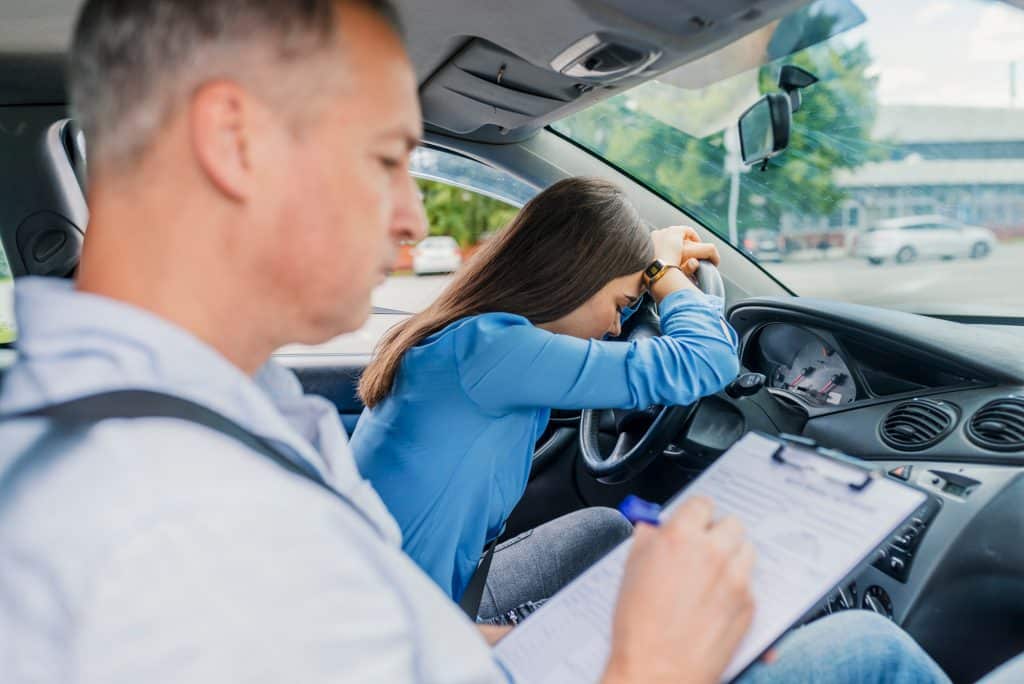
Reaching the final driving test after completing driving school can be a nerve-wracking experience for many students. Despite hours of training and driving practice, failing the driving test can come as an unpleasant surprise. Understanding the reasons behind failure can provide valuable insights for the next assessment, enabling better control over the situation the next time around. Let’s explore some common reasons why people fail their driving test.
